2117: Southampton —Speculative Futures
Project developed by Doreen A. Ríos
for K6 Gallery, Southampton, U.K.
“Not the future in the sense of ‘what is to come’. But the future as a time of conjunction, the most concrete time of conjunction if it is true that the present is always graspable, ever retreating with the ceaseless passage of time; and that the past is always obsolete, irremediably finalized or forgotten. The future as life in the process of being lived individually (…) but with an essential solidarity between the individual and society.”
Marc Auge, 2014
Who decides what the future looks like? is it an inevitable condition that’s been shaped by those is power or does is respond to the imagination of the current generation? It is clear that when we talk about the future – as broad and subjective as the concept might be – we tend to envision what popular culture has feed us. A big part of change relies on the power of imagination, on those who have been able to find speculative alternatives to current issues.
Southampton is an exceptional city with a strong connection to several layers of history, both in its urbanism and architecture as well as in its development as a city. This city is a clear example of resilience and rebirth where its streets speak loud and clear a story that needs to be told: one of a city that acknowledges change. From the Bargate Centre to the new WestQuay Watermark development, to its secret gardens and an impressive view of the sea, Southampton represents continuous change, hence: a city with a view of the future.
This proposal poses the following questions: Which current problems need to be addressed and how will out generation be able to solve them? How will it face the current socio-political changes and how will they influence the shape of the city? but more importantly: how will Southampton will look like in a hundred years? To be able to give an answer to these questions we will approach several professionals of diverse areas to imagine what the future could look like and – with the help of architectural software – define the aesthetics of this city.
Workshop
Masonic Hall
19th November 2017
14.30 hrs – 18.00 hrs
Professionals from diverse areas such as: Engineering and Environment, Business and Law, Health Sciences, Humanities, Physical Sciences and Engineering, Art and Design, will join us on an experimental workshop that aims to envision Southampton in 100 years.
This workshop will start with a brief presentation about speculative architecture, sci-fi and the concept of future, followed by a discussion regarding these themes and how to approach the future of the city. After the discussion, the group will enlist current issues that need to be addressed, after that they will divided in small teams to work out how to use a speculative/experimental approach to solve these problems and finally, present this to the group in order to share ideas and take decisions about how to build this new Southampton.
Objectives:
- Use collective thinking for working on a common goal.
- Operatively develop new concepts.
- Thinking outside of the framework of academic approach by allowing imagination to lead the process.
- Use knowledge and skills from all fields for idea improvement.
- Focus on solutions

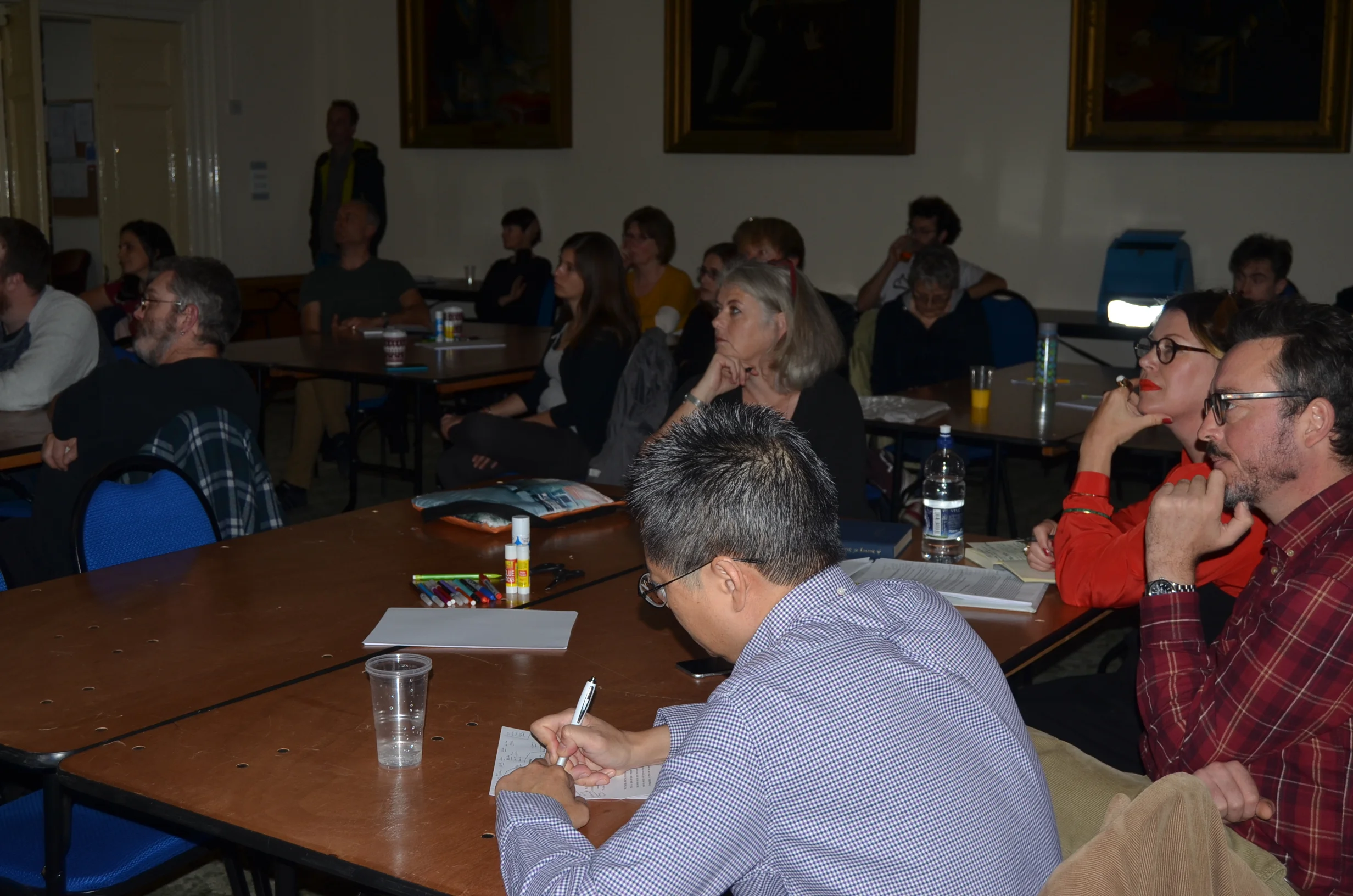
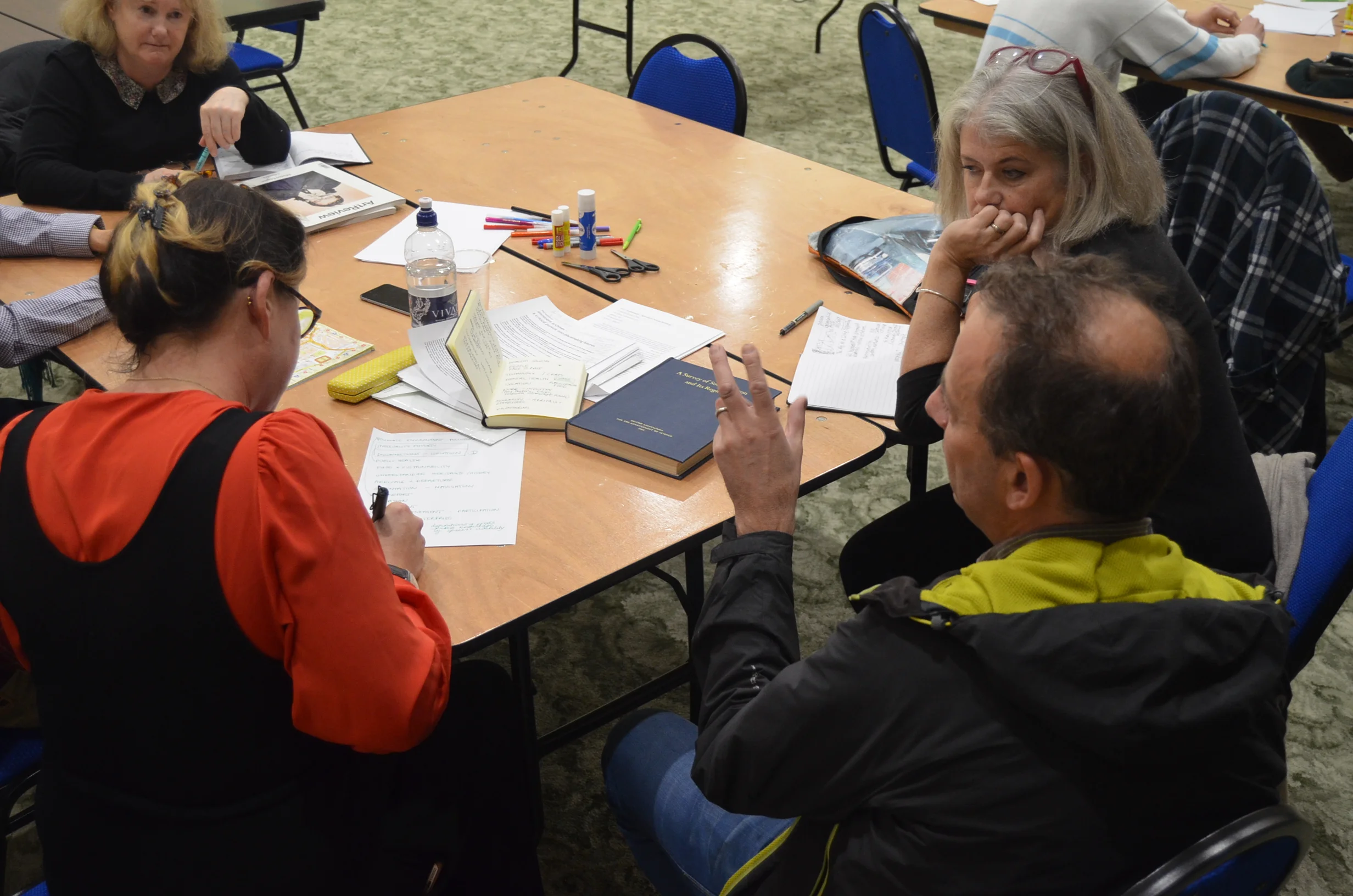


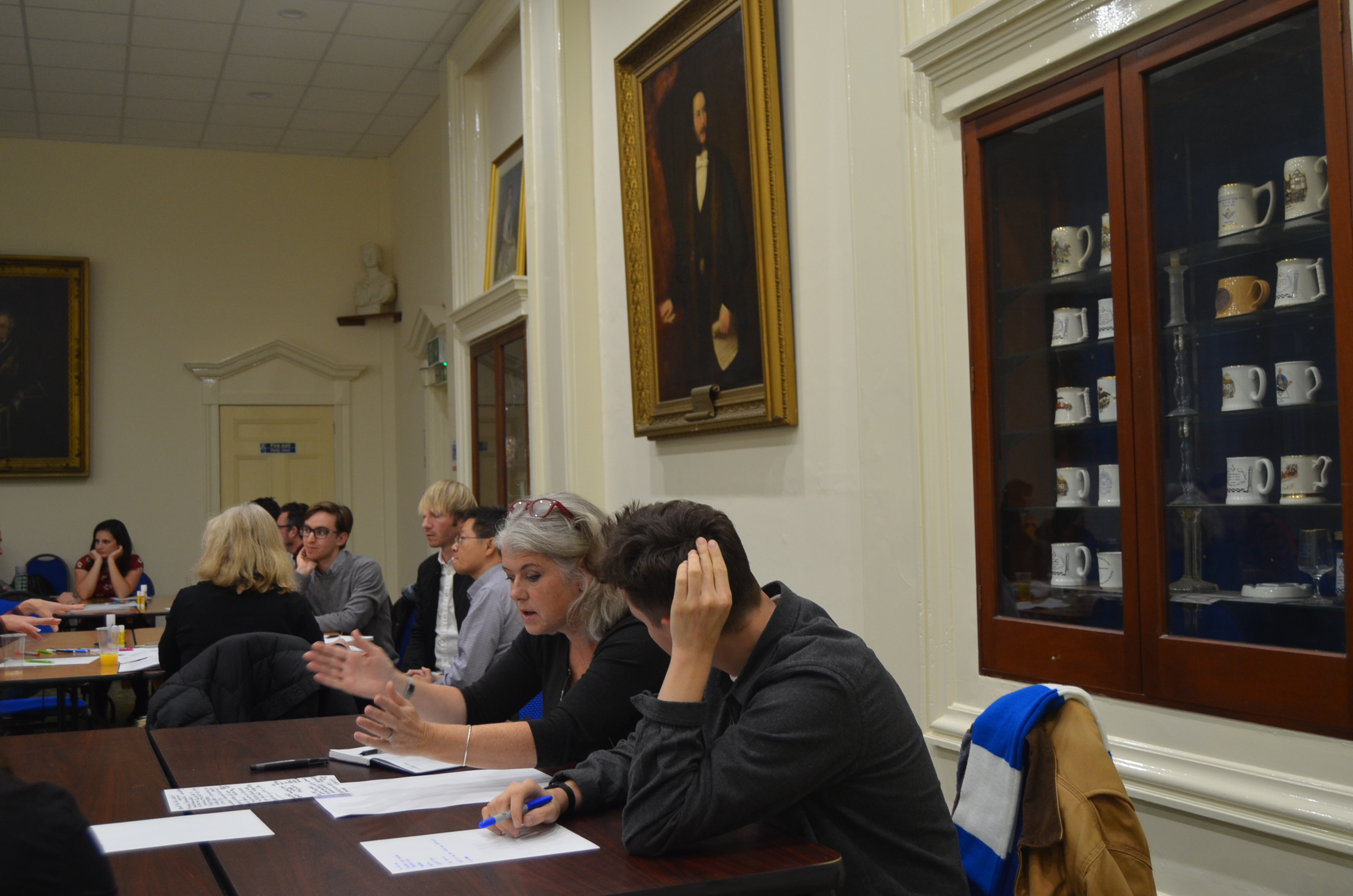
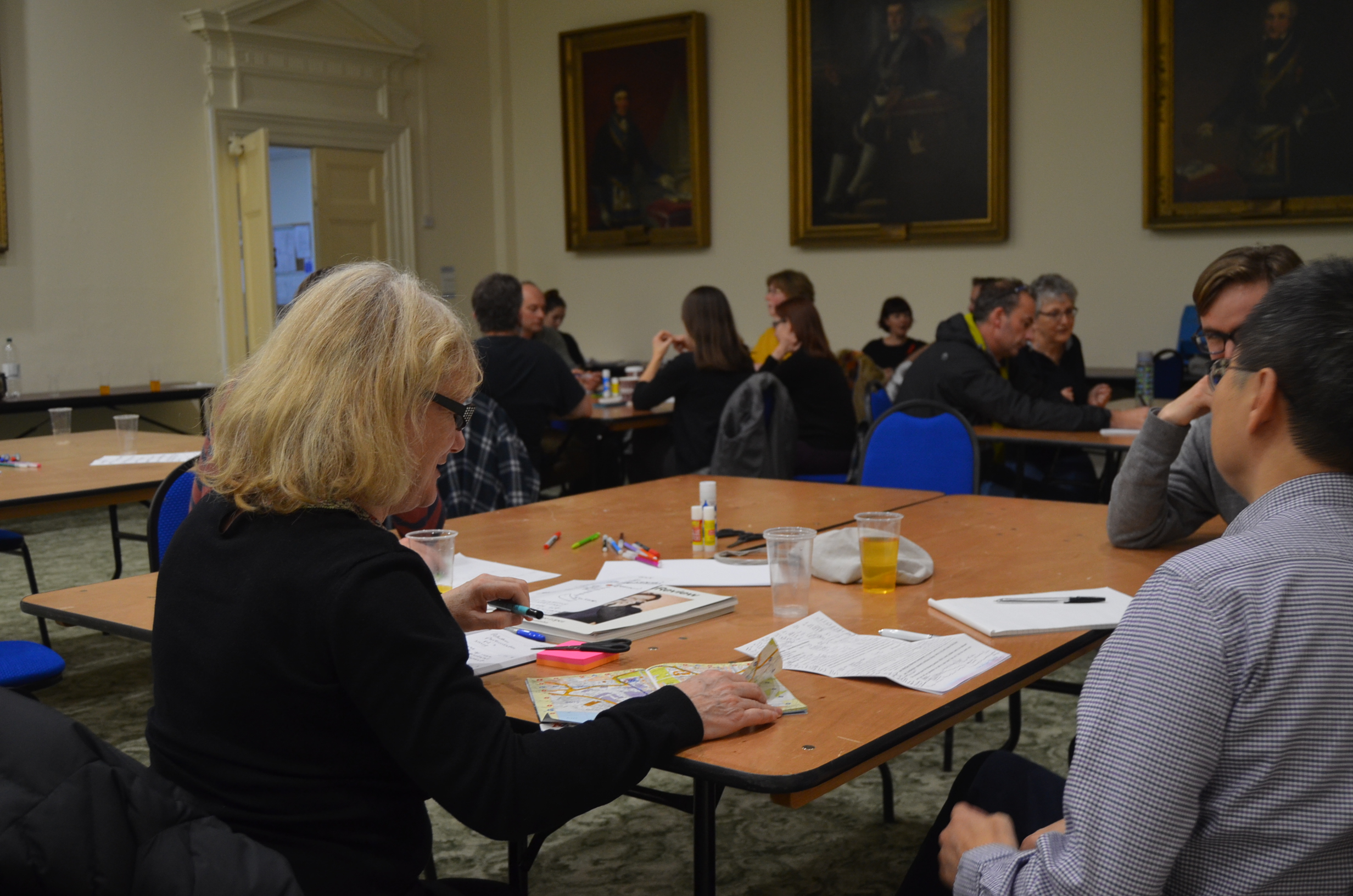
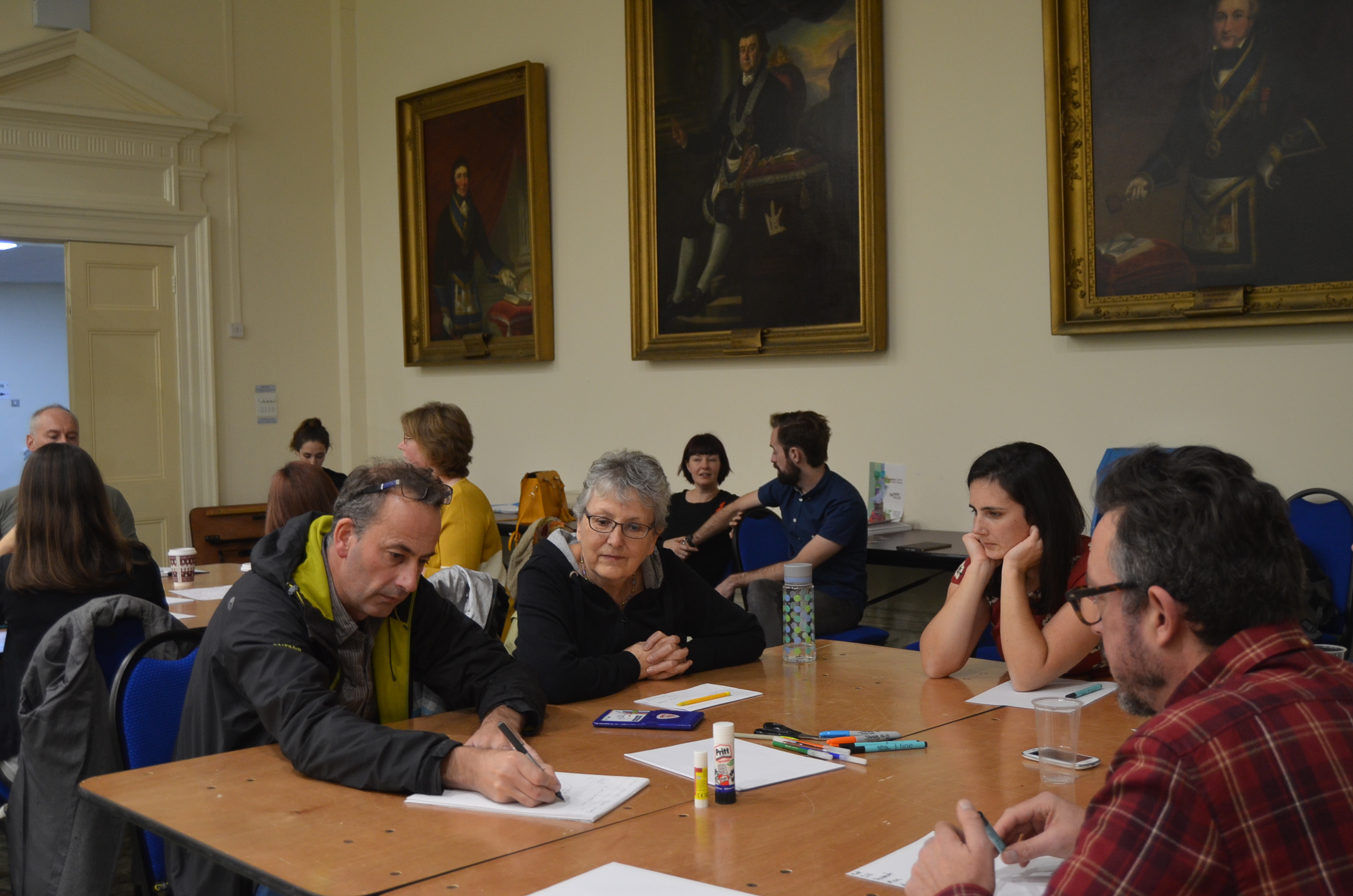
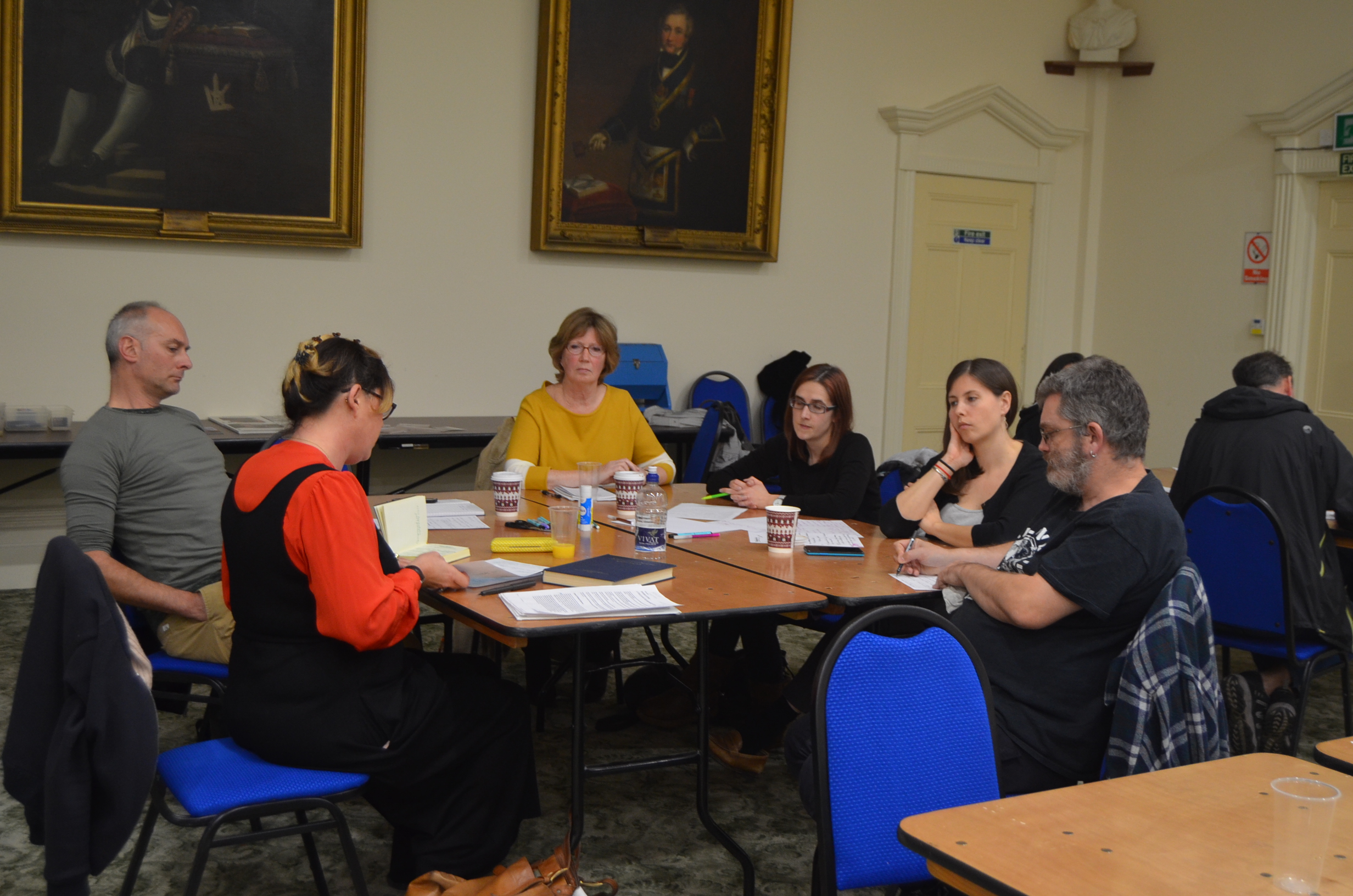
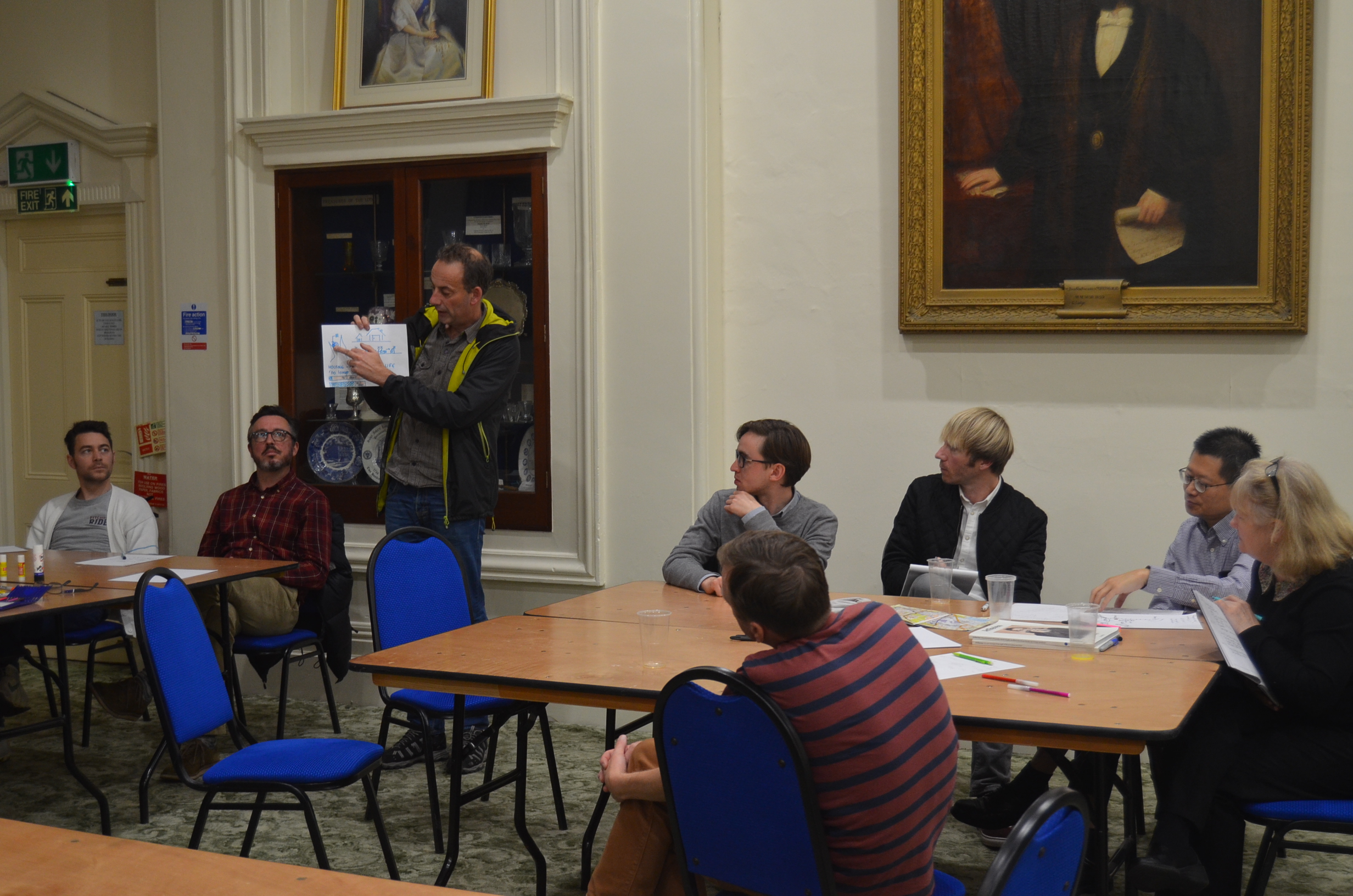
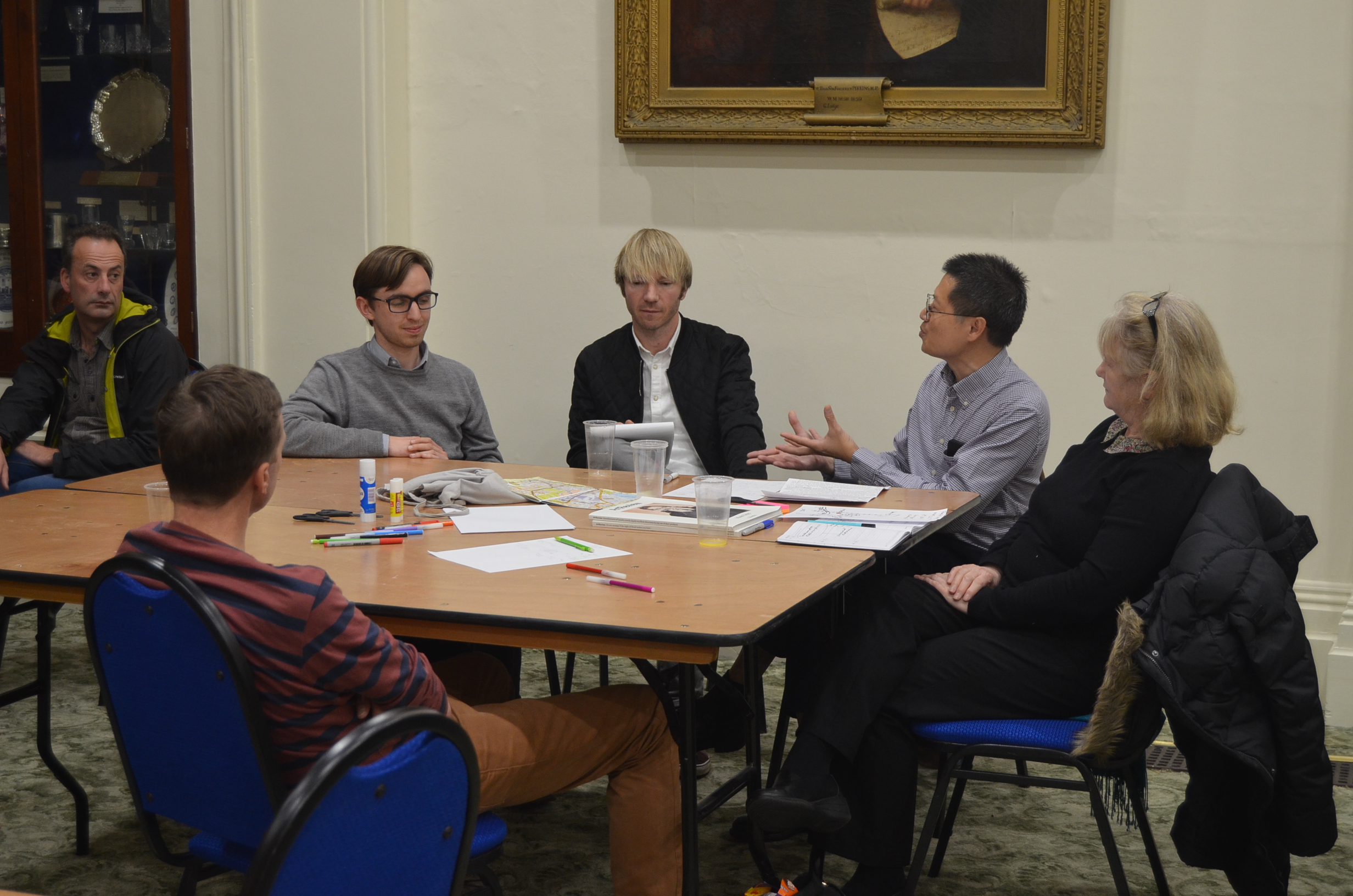
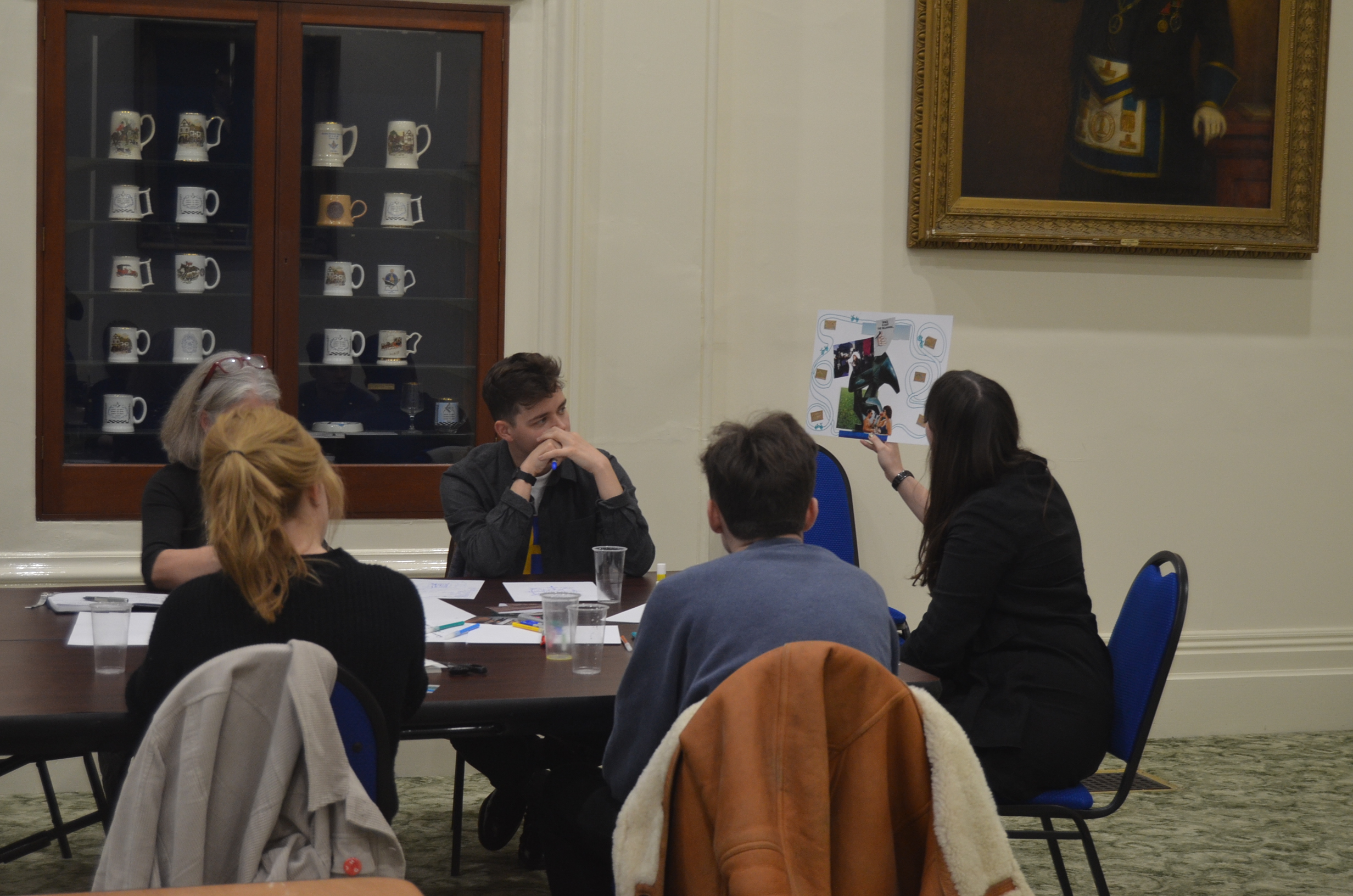
On speculative architecture and impossible renders
by Doreen A. Ríos
Back in 2006, Bruce Sterling began using the term architecture fiction, referring to those projects regarding the future of architecture and, therefore, the future of life within inhabitable space by proposing that “it’s entirely possible to write ‘architecture fiction’ instead of ‘science fiction.’ Like, say, Archigram did in the 60s with projects such as Plug-in City, Living Pod, Instant City, Ad Hoc, Manzak, Suitaloon, Cushicle, Blow out Village, Gasket Homes and the Walking City.” (Sterling 2006). This definitely opened the door for new questions regarding how we approach architectural design and whether if the use of digital tools for visualization is actively providing an insight into de future or if they are limiting the creative thinking. For this article, I will focus on the definition of speculative architecture and its implications through the use of impossible renders.
When we talk about speculative architecture, we talk about the design, development and critical thinking towards fictional buildings and/or urban projects. It normally operates between the realms of fiction, design and the future and aims to tell stories about possible scenarios where the role of technology is central to life inside cities, as well as exploring healthier relations with the environment.
It is important to point out that part of the reasons why this area has been profusely explored by young architects and designers is due to the fact that we have been facing an unstable economy worldwide which has made it hard for emerging creatives to take part in ‘real’ jobs, yet there are other reasons at play such as the current state of politics and the rise of right-wing extremists, the reappearance of climate change deniers, the seemingly growing terrorism and, of course, the consequences of mass migration and racism. In a world where digital networks shape many of these conditions, we could imply that they also shape many of our needs as a society, to the point where metropoles are no longer shaped merely by buildings but also by digital networks. In fact, we could stablish that “speculative architectural practice is really just an attempt to stay relevant in the context of a city that is always changing.” (Young 2015).
In order to understand the ontogenesis of a city we should be aware that the emerging technologies have become active agents that go further the physical realm. For example, due to the increasing use of GPS services such as Google Maps we could propose that “city form could become infinitely complex, intricate and labyrinthine because we always know where we are since now, cities are designed to be inhabited by the algorithms and technologies that have been tasked with reading and managing them. Which means that possibly, the city as imagined within the post-Anthropocene suggests that designers build structures with a digital footprint, that cast shadows across both the physical and the digital spectrum. We are no longer just our physical selves, we are defined by our social media footprint, by the media we create and the media created about us. We might not know who our physical neighbours are, but we speak to a network of 300 people from all over the world almost every minute, that is the city we could potentially inhabit. We are all straddling this spectrum from the physical to the digital (…)” (Young 2015). In terms of how we “make space”, speculative architecture can act on the potentials of technology and become an active agent in shaping the development of where it could go rather than waiting for it to force us to change our ways of living. Even when considering spaces that might not have an active access to technological tools we should be aware that the digital networks have also reorganized these spaces.
The role of digital visualization, or renders for that matter, is particularly important since the depiction of “utopias and dystopias are more easily imagined with 3DS Max and Photoshop (to name a few), and far more quickly disseminated online. All of this has made for some pretty rich storytelling.” (Rajagopal 2013) where the role of the speculative architect is to take these tools and reinsert them within a global use shaped by citizens rather than companies and institutions. One could argue that these tools can help envision utterly radical changes where we can weave inhabitable spaces around satellite sight lines or establish new property values according to the use of networks. These fictional proposals, as impossible as they might seem could be able to revert certain stablished, yet damaging, concepts because “the very nature of fiction is to be less bothered with usefulness than with possibility.” (Rajagopal 2013)
In a world where the current state of society, politics, economy and the environment have made it harder than ever to imagine a future where peace, freedom and tolerance take the lead; where in fact, it is easier for us to image the end of the world to, let’s say, the end of capitalism or racism it is crucial to have speculative architecture projects that can actively show us a different face of the future and that could, in fact, provide the solutions we need in order to build a better future for us, not as individuals but as part of the same planet.
Reading list
Young, Liam. (2017), What is speculative Architecture?, Strelka Magazine. Available at:
https://strelka.com/en/magazine/2017/06/01/what-is-speculative-architecture
Raven, Paul. (2014), Make technological utopia easier with this one weird trick, Futurismic. Available at:
http://futurismic.com/2014/10/12/make-technological-utopia-easier-with-this-one-weird-trick/
Rajagopal, Avinash. (2013), Five compelling works of architecture fiction, Metropolis Magazine. Available at:
Glancey, Jonathan. (2002), Architects reward the pop art dreamers, The Guardian. Available at: https://www.theguardian.com/uk/2002/feb/14/arts.arts
Sterling, Bruce. (2003). The Growthing, Metropolis Magazine. Available at:
http://www.metropolismag.com/ideas/arts-culture/the-growthing/
Hawaway, Donna. (1984). A Cyborg Manifesto. Available at:
http://faculty.georgetown.edu/irvinem/theory/Haraway-CyborgManifesto-1.pdf
Valentine, Ben. (2011). Solarpunk wants to save the world, Hopes and Fears. Available at:
http://www.hopesandfears.com/hopes/city/life/215749-solarpunk
Wark, McKenzie. (2015). Inventing the Future. Available at: http://www.publicseminar.org/2015/10/inventing-the-future/#.Wfikt2h_lEY
Essential viewing:
Why we need to imagine different futures by Anab Jain. Available at:
https://www.ted.com/talks/anab_jain_why_we_need_to_imagine_different_futures
Further reading:
Burleson, Winslow. Lewis, Armanda. (2016). Optimists’ Creed: Brave New Cyberlearning, Evolving Utopias (Circa 2041). Available at: https://link.springer.com/article/10.1007/s40593-016-0096-x
Fernandez, Maria. (2002). Cyberfeminism, Racism, and Embodiment. Available at: http://www.refugia.net/domainerrors/DE1b_cyber.pdf
Fair, Henry. (2016). Industrial scars: the environmental cost of consumption – in pictures. The Guardian. Available at:
Unknown. (2015). Cyber-utopianism. Available at: http://crowdsociety.org/index.php?title=Cyber-utopianism&oldid=4608
Curtis, Claire. (2015). Utopian Possibilities: disability, norms and eugenics in Octavia Butler’s Xenogenesis. Available at: http://online.liverpooluniversitypress.co.uk/doi/abs/10.3828/jlcds.2015.2
Brundage, Miles. (2015). Utopia, Artificial Intelligence, and the Future of Justice. Available at: http://www.milesbrundage.com/uploads/2/1/6/8/21681226/utopiapaperai.pdf
Anderson, Reynaldo. Jones, Charles E. (2016). Afrofuturism and Arabfuturism: Reflections of a Present-day Diasporic Reader. Available at: http://tohumagazine.com/article/afrofuturism-and-arabfuturism-reflections-present-day-diasporic-reader

